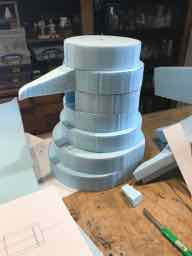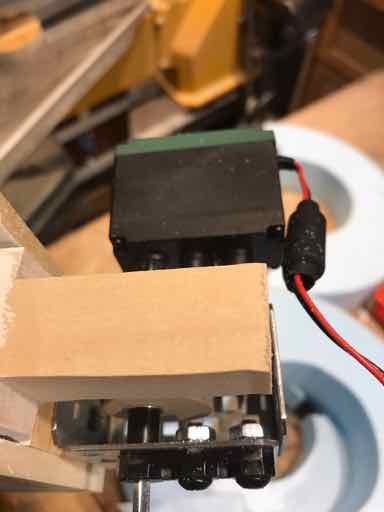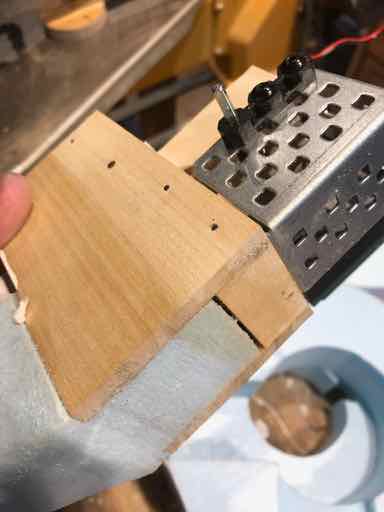Making a Prototype Penguin
I thought it best to make a prototype penguin before fully committing to the project. I wanted to sense just how challenging this might be.
A 36" tall penguin would be the test case. I chose polystyrene foam as the material of construction. It is light, and therefore requires lighter loads when animating, and it is easily shapeable, using simple techniques to wood carving. Polystyrene is more dense than styrofoam and is more easily shaped and finishes to a fairly smooth surface. I would use 2" slabs of polystyrene purchased from the local building centre, the same product used for insulating. I thought I could make each element by laminating slabs together. This way I could install mechanisms in the characters and leave access holes to key areas for wiring.
A little more research yielded three adhesive techniques, one using Lepage latex contact cement, one using 3M Super 77 spray adhesive, and one using expanding spray foam to join larger blocks of foam together.
The first step was to develop a profile for the penguin and split it into 2" thick slabs. I used my CAD system to develop the shape for Waldo a 36" tall penguin holding a sign on the float.
As I wanted Waldo to appear as if he was singing so I designed his beak to open and close. This mechanism is in the head and completely enveloped in the polystyrene.
A 36" tall penguin would be the test case. I chose polystyrene foam as the material of construction. It is light, and therefore requires lighter loads when animating, and it is easily shapeable, using simple techniques to wood carving. Polystyrene is more dense than styrofoam and is more easily shaped and finishes to a fairly smooth surface. I would use 2" slabs of polystyrene purchased from the local building centre, the same product used for insulating. I thought I could make each element by laminating slabs together. This way I could install mechanisms in the characters and leave access holes to key areas for wiring.
A little more research yielded three adhesive techniques, one using Lepage latex contact cement, one using 3M Super 77 spray adhesive, and one using expanding spray foam to join larger blocks of foam together.
The first step was to develop a profile for the penguin and split it into 2" thick slabs. I used my CAD system to develop the shape for Waldo a 36" tall penguin holding a sign on the float.
As I wanted Waldo to appear as if he was singing so I designed his beak to open and close. This mechanism is in the head and completely enveloped in the polystyrene.








